Jerusalem. A city that breathes history. A city that is home to some of the holiest sites for three of the world’s major religions; Judaism, Islam and Christianity. The history that the walls of the Old City bear is complex. And with complex history comes complex politics, something that is impossible to ignore as a tourist in Israel as a whole, but especially in Jerusalem, the nation’s capital. I will go much further into this subject in a future post covering my visit to an Arab quarter in East Jerusalem, but in this post, I would like to focus on something very beautiful that I loved about Jerusalem; the diversity of its people, religions and cultures.

The History of Jerusalem
Jerusalem is one of the oldest cities in the world and has been inhabited since the 4th millennium BC with the first settlements appearing near the Gihon Spring in the Kidron Valley. Jerusalem was home to the Canaanites when King David conquered the city around 1000 BC and established it as the capital of the Kingdom of Israel.
In 722 BC, the Assyrian ruler Sennacherib invaded Israel and sieged Jerusalem until the Babylonian Empire conquered and destroyed the city in 586 BC. In 539 BC, the Persian ruler Cyrus the Great conquered the Babylonian Empire, after which the Jews returned to Jerusalem. In 63 BC, the Roman General Pompey the Great conquered Jerusalem, and Roman rule continued for another 700 years, during the time which Jesus was crucified in the city. Following his crucifixion, Jerusalem was destroyed by the Romans. The city was then rebuilt as a Roman city based on the new Christian faith.
The Persians recaptured Jerusalem in 629 AD, but Arab caliph Omar conquered the city just nine years later. The Arab rule continued for over 450 years, and Jerusalem became an important city for Muslims. In 1099 AD, the Christian Crusaders gained control over Jerusalem until Saladin, the first sultan of Egypt and Syria, conquered the city in 1187 AD, putting the city under Muslim control once again. In 1517 AD, the Ottoman Empire conquered Jerusalem and allowed for the return of the Jews. The British captured the city in 1917 during the First World War, and following the terrible events of the Second World War, the State of Israel was established in 1948. In agreement with Jordan, Jerusalem was divided into East Jerusalem (Jordanian/Palestinian side) and West Jerusalem (Israeli side), although the east half of the city including the Old City was claimed by Israel in 1967 and remains unlawfully under Israeli control.
This is the extremely complex history of Jerusalem in short – very short -, simply to give an insight into why the city is so complex today. Jerusalem has since the very beginning been of central importance to Judaism as the First Jewish Temple was built there, to Christianity as Jesus was crucified and buried there and to Islam because Muhammad ascended to heaven from there. As you can gather from the brief history overview above, the city has always been desired by the rulers of the Levant, and the politics are not any less complicated today.
But instead of focussing on the negatives, my aim with this article is to show the incredible blend of cultures and religions that is found in Jerusalem. The holiest sites in Judaism and Christianity as well as the third holiest site in Islam are all located within a few hundred metres from each other. The differences in religions and cultures is visible when walking the streets of Jerusalem, apparent from the clothing – in particular the headgear – of the locals. But I never once experienced any hatred or discrimination to anyone because of this. I saw Jews walking the streets of the Muslim Quarter, and Muslims walking the streets of the Jewish Quarter, in peace and harmony with each other. Jerusalem is one of the most diverse cities I’ve ever set foot in. And if that isn’t beautiful, I don’t know what is.
I spent five days in Jerusalem in December last year. While five days is usually too much for me in a city, it was nowhere near enough in Jerusalem. I could’ve spent weeks or even months exploring. It’s a very special city as most of the world has grown up learning about its history. Walking the very streets where history was made was awe-inspiring.

The Old City
The Old City is a walled area within Jerusalem, which constituted the entire city until 1860 when the Jewish neighbourhood Mishkenot Sha’ananim was established. The walls and gates of the Old City were built in the years 1535-1542 during the Ottoman rule.
Despite being less than 1 square kilometre in area, the Old City is divided into four quarters, the Muslim Quarter, the Christian Quarter, the Armenian Quarter and the Jewish Quarter. There is free and safe access between all of them, although the differences between them are very apparent. Almost 40,000 people reside in this part of Jerusalem, with roughly over 30,000 of them being Muslim, 5,500 Christian, 500 Armenian and 3,000 Jewish.
The atmosphere in the Old City is incredibly special. Unlike anything I’ve ever experienced before. The narrow streets abound in fantastic colours, exotic scents and the calming sounds of calls to prayer, church bells and everyday conversations. Being religious myself (although of the Bahá’í Faith), I couldn’t help but be moved by the sight of Jews, Christians and Muslims in prayer at their respective holy sites, just a few hundred metres from each other. All praying to the one and same God.
The Old City was inscribed on the UNESCO World Heritage Site List in 1981 due to its cultural value. It’s home to some of the most important religious sites in Jerusalem, including the Temple Mount and the Western Wall for Jews, the Via Dolorosa and the Church of the Holy Sepulchre for Christians, and the al-Aqsa Mosque and the Dome of the Rock for Muslims. I spent time in the Old City during all five days, but especially the first day was focussed on sightseeing and learning about all of these interesting places.


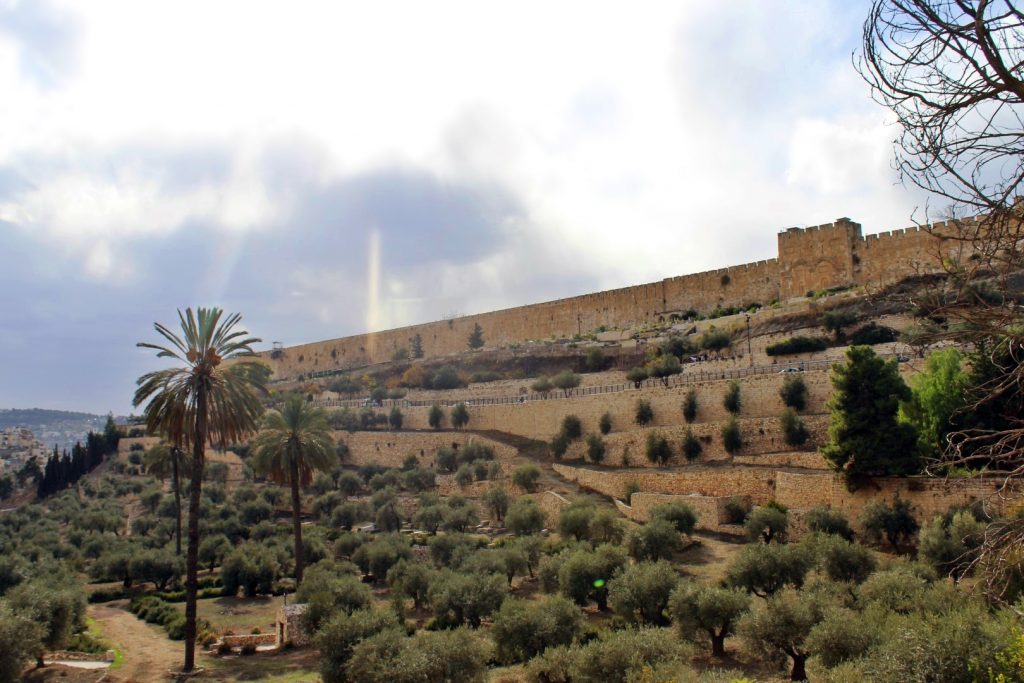
I got up early on my first full day in Jerusalem, ready for a full day of sightseeing. My plan was to go to the Temple Mount first due to the limited opening hours for non-Muslims, the often long queues to get in and the ongoing conflict which often results in the Temple Mount being closed to the public. I desperately wanted to see it and beat the crowds so I could have this fascinating place all to myself.
I entered the Old City through the Jaffa Gate and immediately got lost in the hundreds of narrow streets. I couldn’t figure out how to get to the Temple Mount and instead ended up at the Western Wall. Not a bad place to start the day though!
The Western Wall
The Western Wall or Wailing Wall is the holiest site where Jews are allowed to pray. It’s located beneath the Temple Mount where the First and Second Jewish Temples were erected. This small segment of a far longer ancient wall was originally erected as part of the expansion of the Second Jewish Temple, built in 516 BC. The temple was destroyed in 70 AD, and the Western Wall is one of the only remaining parts of the temple.
The site of the former Jewish Temples, the Temple Mount, is actually the holiest site in Judaism, but Jews are not permitted to enter this site under Jewish law. Therefore, Jews come to the Western Wall to pray as this is the holiest site that they are allowed to visit.
The Western Wall is divided into two sections, a small section for women and a large section for men. The feminist in me was rather offended, but it’s not my religion, so I have no right to complain. As a woman, I could only enter the women’s section, although I could look into the men’s section. It was fascinating to see how Jews pray at this holy site, with the Torah in their hands and sometimes up close to their faces. Some placed notes containing written prayers to God into the cracks of the wall. It’s apparently also very common for tourists to take part in this practice, although I didn’t do it. I feel that it would’ve been disrespectful as I’m not Jewish. Instead, I just watched and learned.


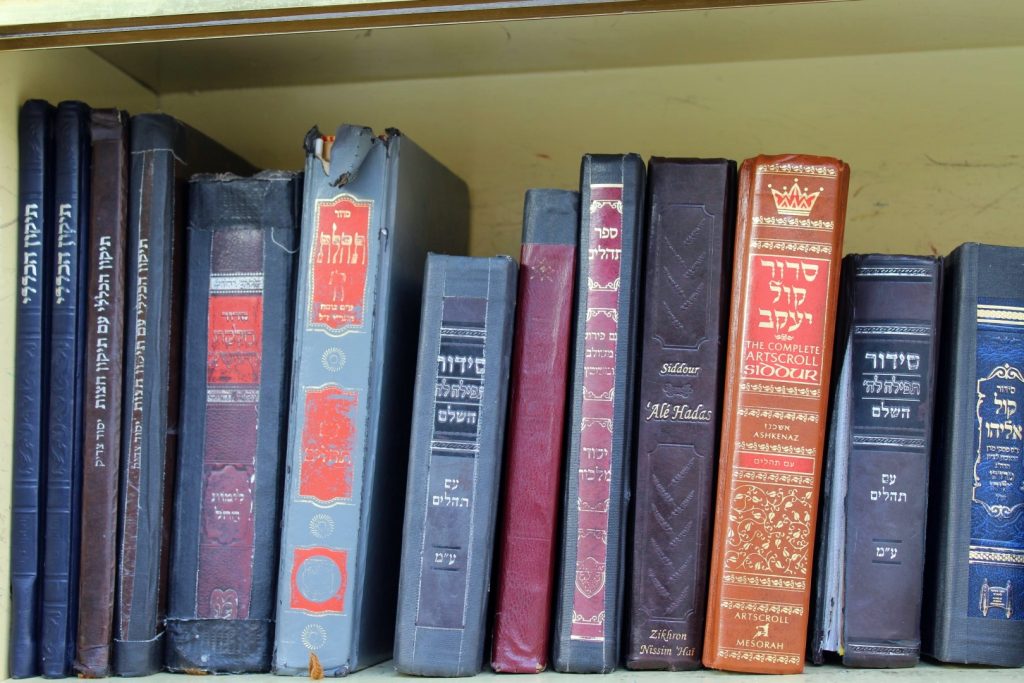
Temple Mount and Dome of the Rock
Finding the Temple Mount still proved difficult for me. What I didn’t realize at first was that the entrance is through a bridge over the Western Wall. Who would’ve thought!?
I finally found the entrance after some help from a security guard at 8.25 AM, a bit later than I’d hoped, but I was thrilled to see that there was no queue.
The Temple Mount is a natural hill located in the middle of the Old City. As I mentioned above, the Temple Mount is the holiest site in Judaism, and the place that Jews turn towards during prayer. According to Jewish scriptures, the First Jewish Temple was built by King Solomon in 957 BC and destroyed by the Babylonian Empire in 586 BC, although there is no archaeological evidence to verify this. Archaeological and historical evidence shows that the Second Jewish Temple was constructed on the site in 516 BC and destroyed in 70 AD by the Roman Empire.
Today, the Temple Mount is a flat plaza dominated by several islamic structures from the Umayyad period (660-750 AD) including the Al-Aqsa Mosque, the third holiest site in Islam after Mecca and Medina. According to islamic traditions, this is where Muhammad ascended to heaven. Most people confuse this mosque with the much more adorned Dome of the Rock, the main sight on the Temple Mount, and thus simply overlook this plain-looking mosque. Al-Aqsa is the first building on your right when you enter Temple Mount. Don’t forget to stop and pay your respect.
The Dome of the Rock, the mosque most tourists come to the Temple Mount to see, is a true architectural wonder and is in fact one of the oldest extant works of Islamic architecture. The mosque was built over The Foundation Stone, which is said to be the place where God created the world and the first human, Adam, as well as the place where Abraham attempted to sacrifice his son Isaac to God.
Although entry to the mosques is prohibited for non-Muslims, just seeing the Temple Mount and the exterior of the mosques was an incredibly uplifting experience.
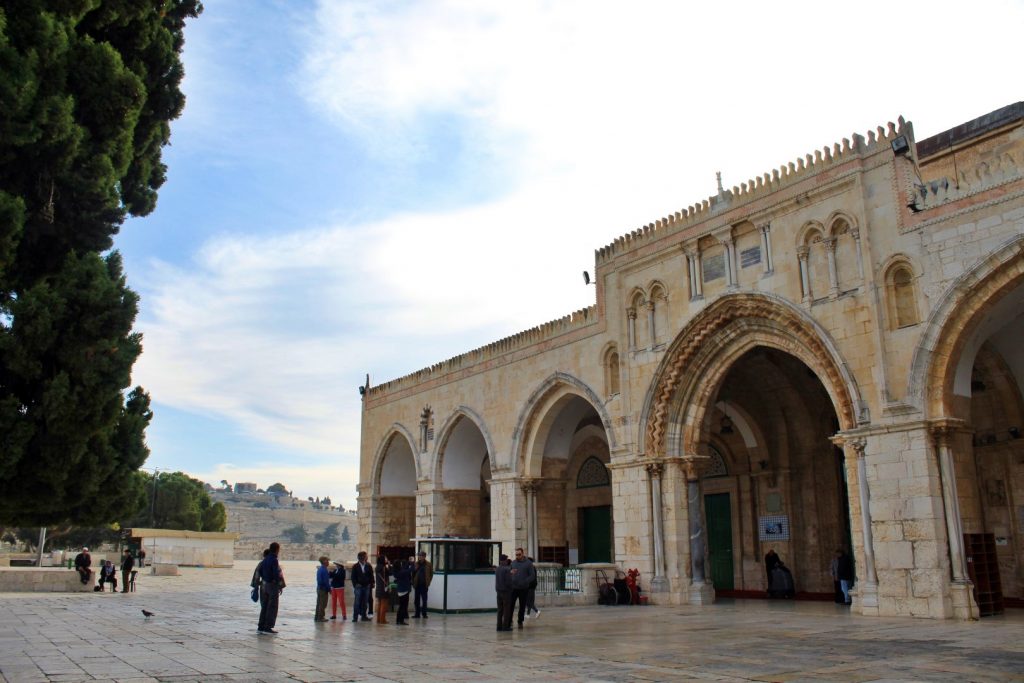
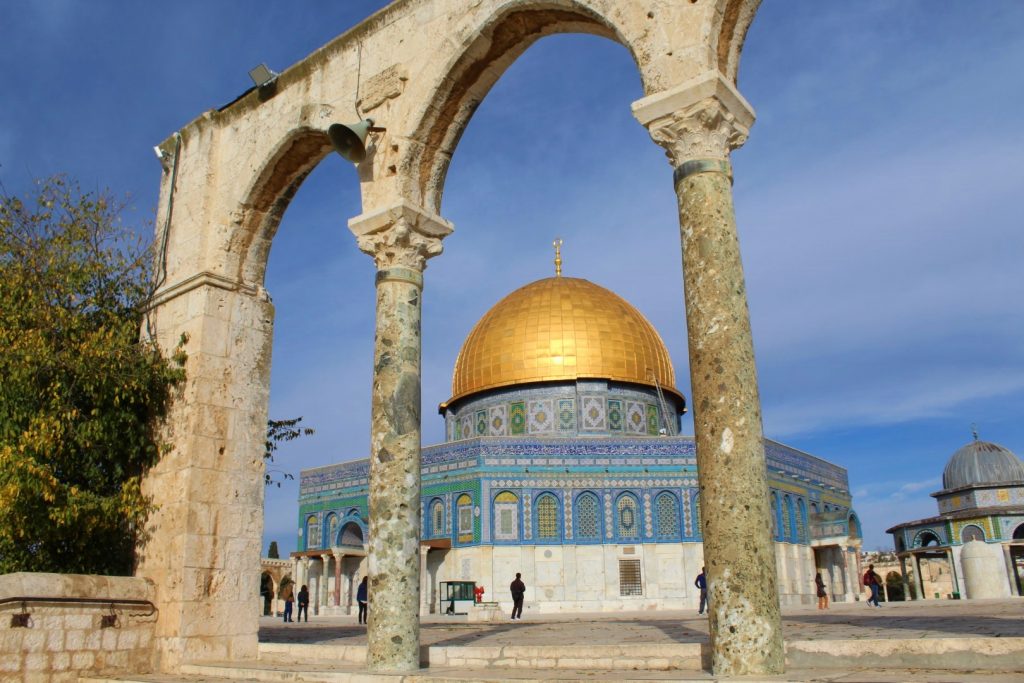
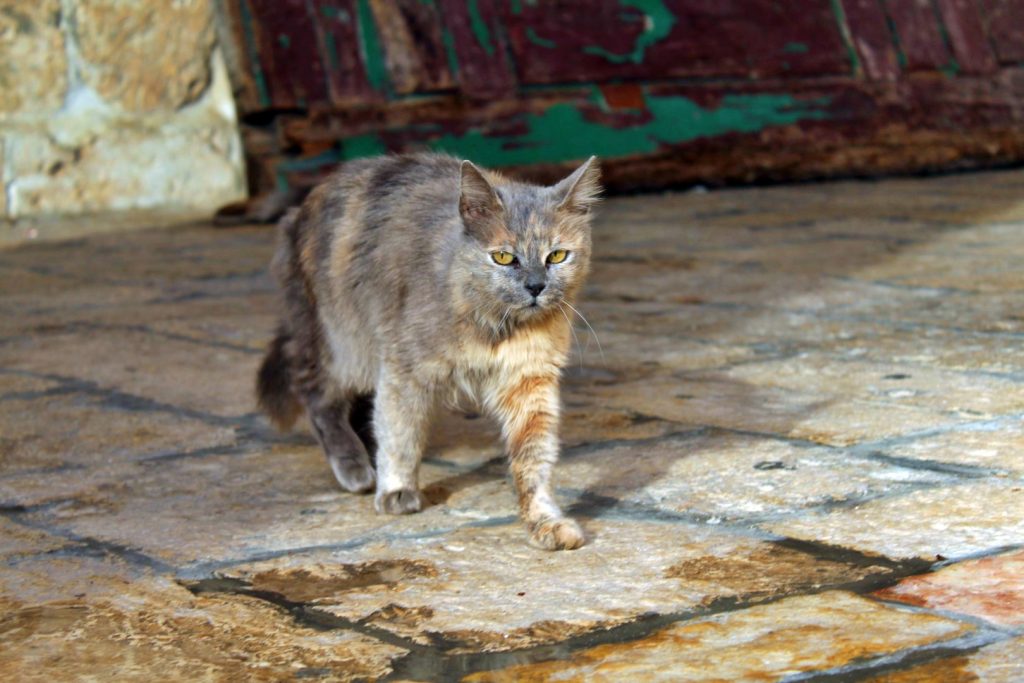




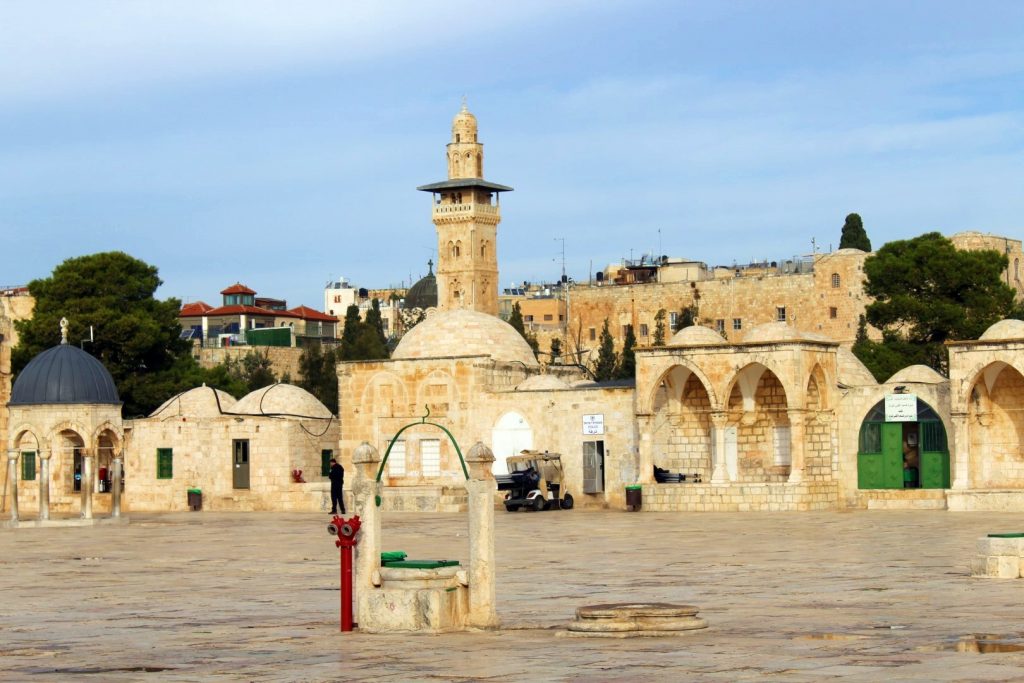
The Muslim Quarter
When I finally pulled myself away from the fascinating Temple Mount, I entered the Muslim Quarter, the largest and most populous quarter of the Old City. Although the quarter is mostly inhabited by Muslims, several Jewish families also live there. I did see Jews wandering around the streets, unlike what I expected. It made me happy to see how peacefully the local Muslims and Jews live as neighbours.
I was craving hummus and falafel, and of course that’s not something you can miss as a vegan in Jerusalem (or just as a person in Jerusalem!). After wandering through the colourful souks of the Muslim Quarter, I found a peaceful square on the border to the Christian Quarter where I had the best hummus and falafel I’ve ever had.
As I ate, I listened to the call to prayer coming from the West Bank, just a few kilometers away. My thoughts shifted to this intriguing place, but I was soon pulled back to reality when the restaurant owner came up to me with his adorable pet bird, eager to show him off.
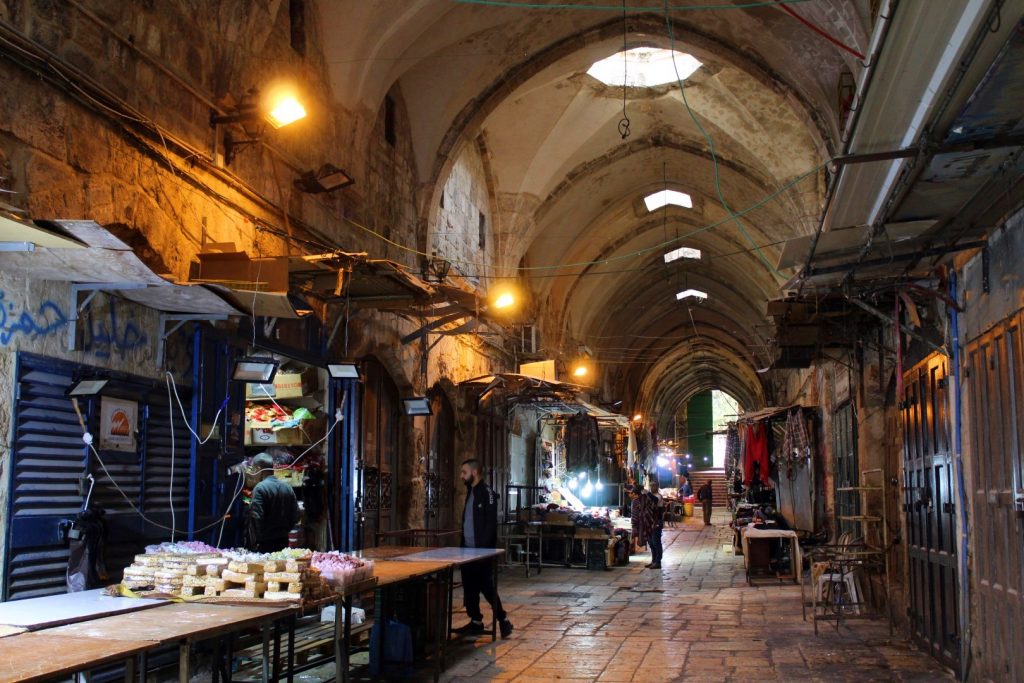
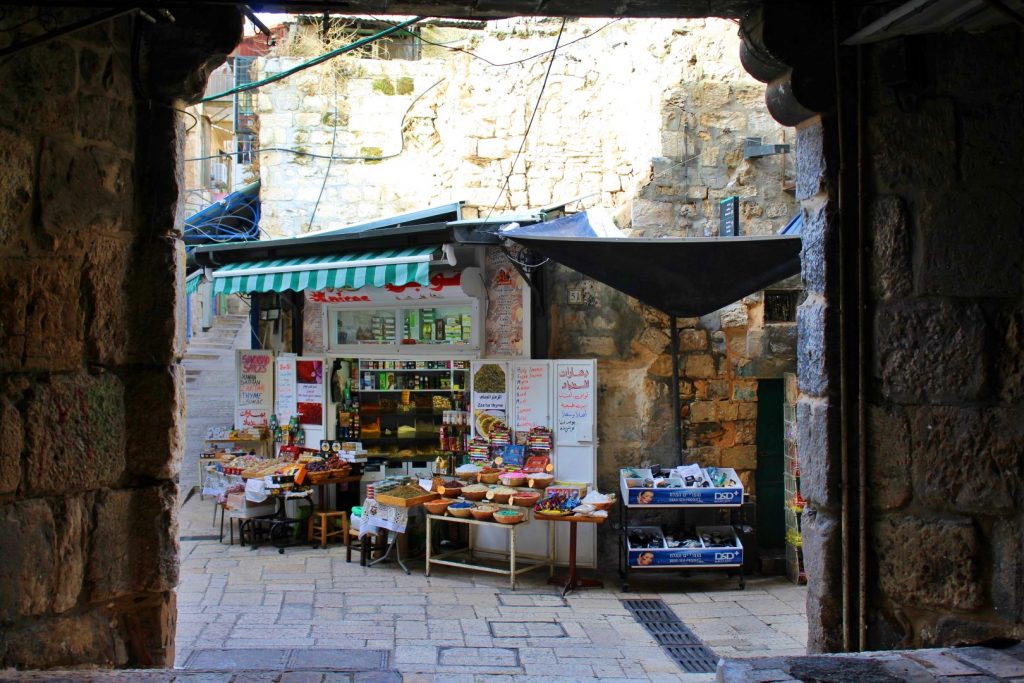

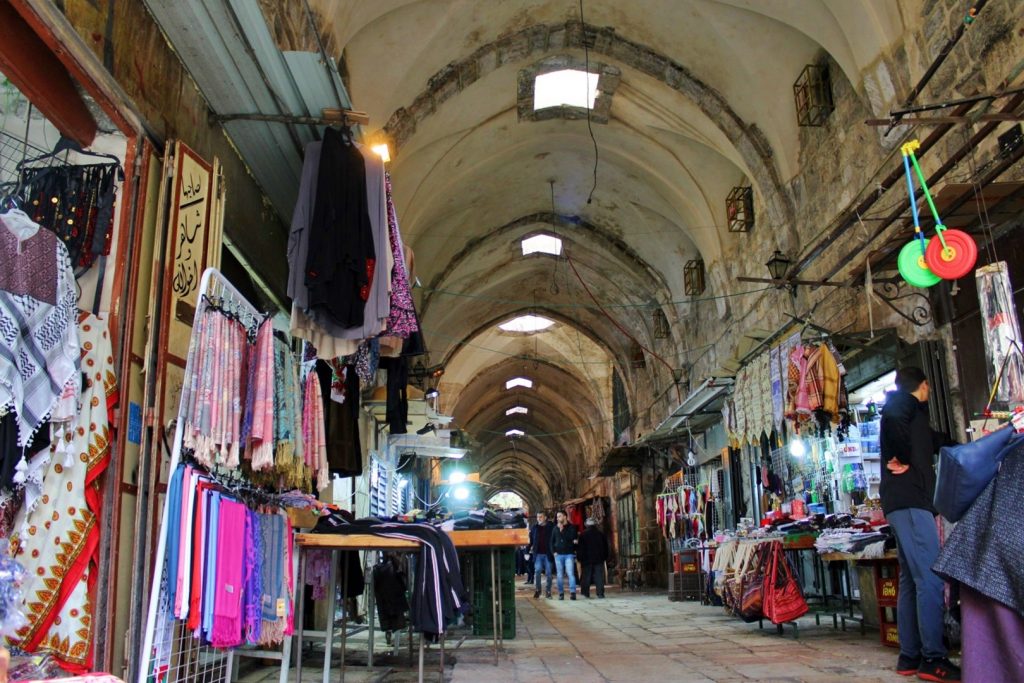
The Garden Tomb
With a full stomach, I wandered out of the Old City and took a little detour to the nearby Garden Tomb.
The Garden Tomb is a rock-cut tomb from the 8th-7th centuries BC that was discovered in 1867. It is considered by some Christians to be the site of the burial and resurrection of Jesus, while most believe it to be the Church of the Holy Sepulchre within the Old City walls. The Garden Tomb is a popular site of pilgrimage for Evangelical Anglicans and many other Protestants.
It was not uncommon to reuse old tombs at the time, but it contradicts the biblical text that speaks of a new tomb made for Jesus. I personally can’t guess which one is the actual tomb of Jesus (if any), so I just decided to visit both. The Garden Tomb is a beautiful place, very tranquil despite the many other tourists and pilgrims.
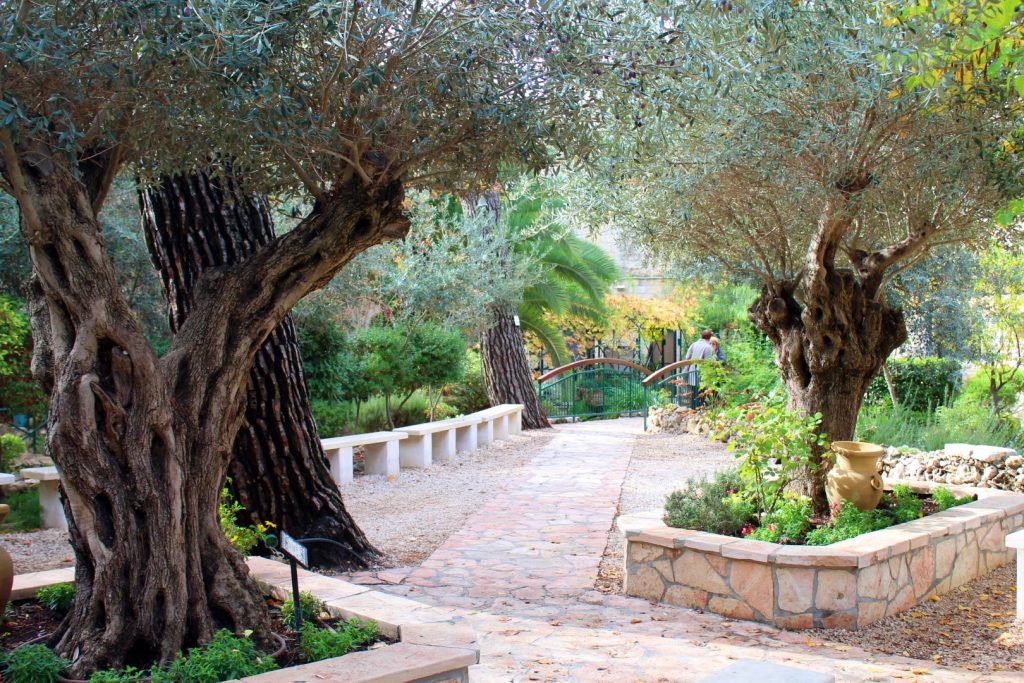

The Christian Quarter – Via Dolorosa
Continuing with Christianity, I walked through the Lion’s Gate to the Old City and onto the Via Dolorosa (‘the Sorrowful Way’ or ‘Way of Suffering’). It is believed to be the path that Jesus walked on the way to his crucifixion carrying the cross on his back, starting at the Lion’s Gate and ending at the Church of the Holy Sepulchre. The path is only 600 metres long but has so many sights that I spent ages exploring everything. I joined groups of Christian pilgrimages through the fourteen Stations of the Cross, starting in the Muslim Quarter and taking me through the Christian Quarter.
The fourteen stations represent different events to do with the crucifixion of Jesus, for example station 1 where he was condemned to death, station 2 where he received the cross, station 4 where he met his mother, station 11 where he was nailed to the cross, station 12 where he died on the cross and station 14 which is the supposed tomb of Jesus inside the Church of the Holy Sepulchre.

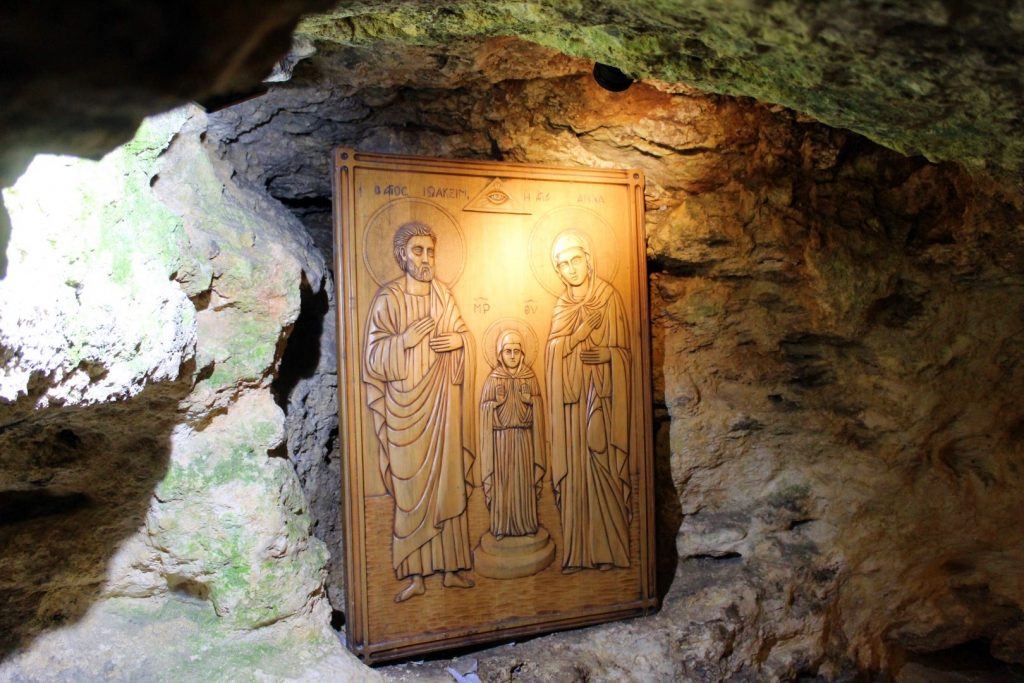
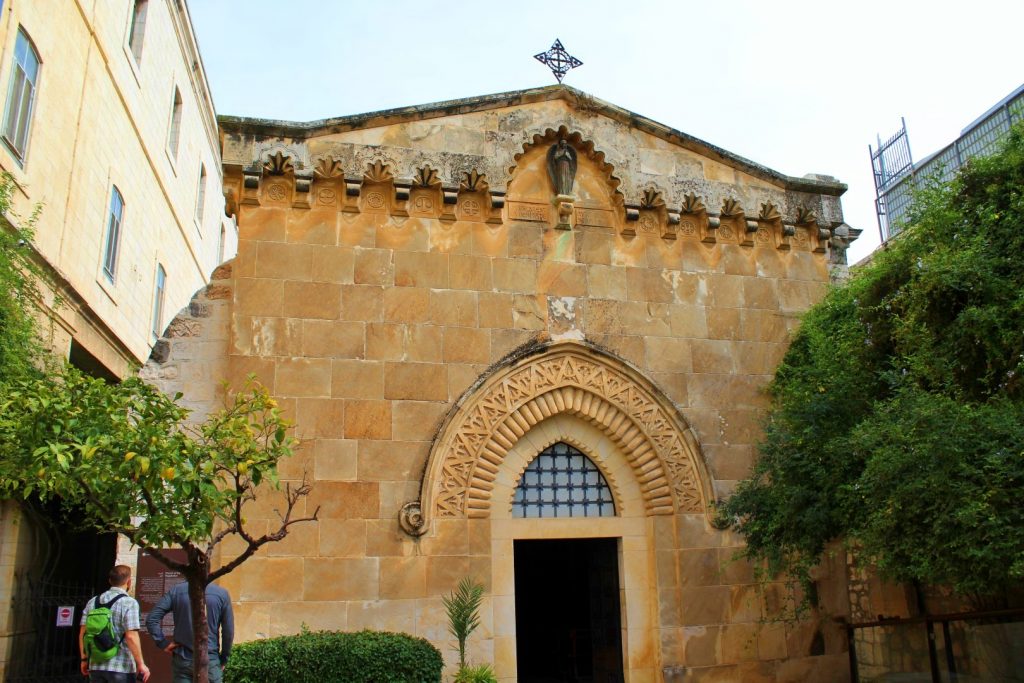
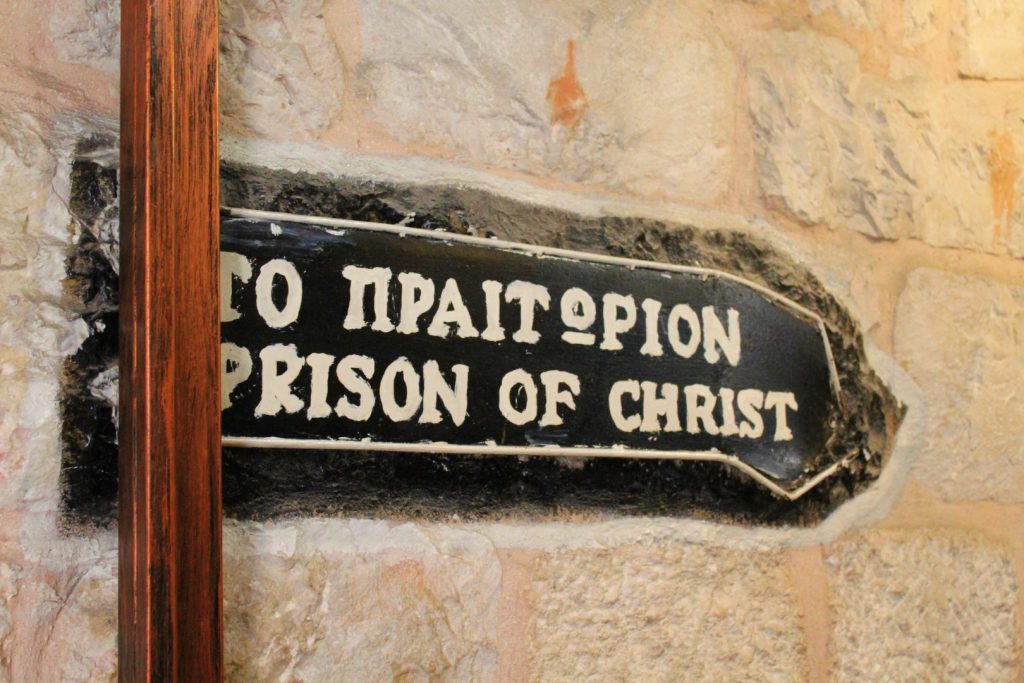
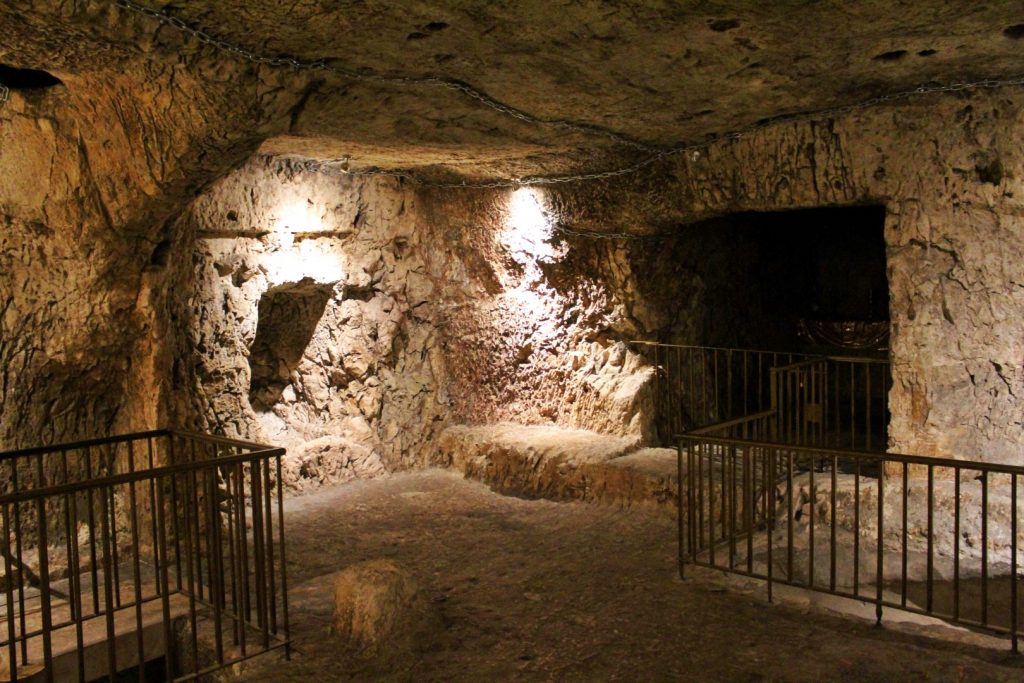
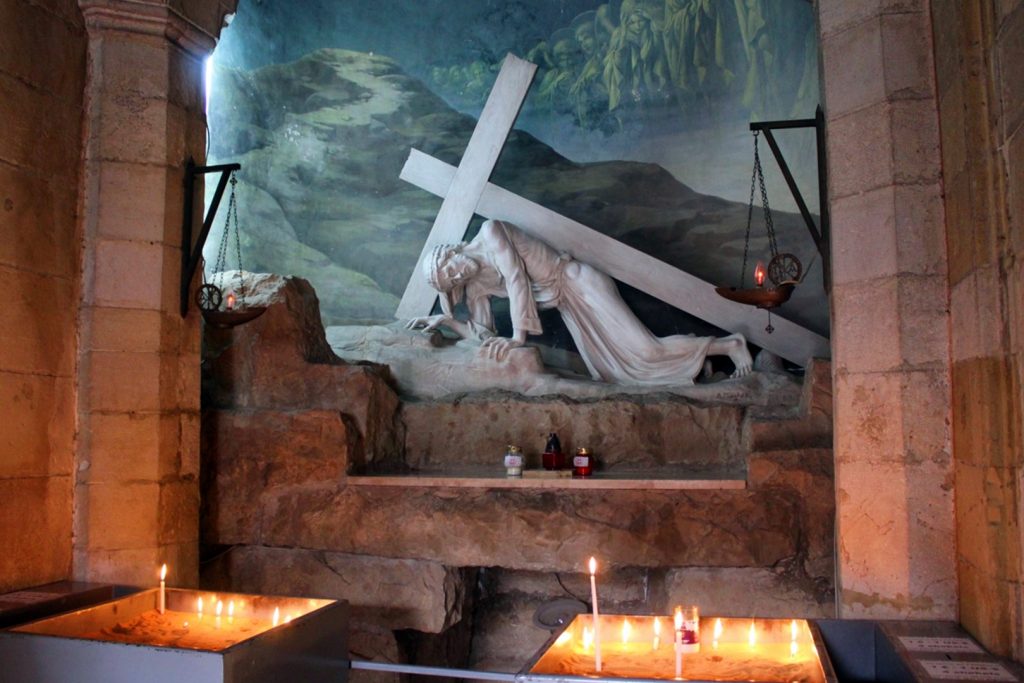
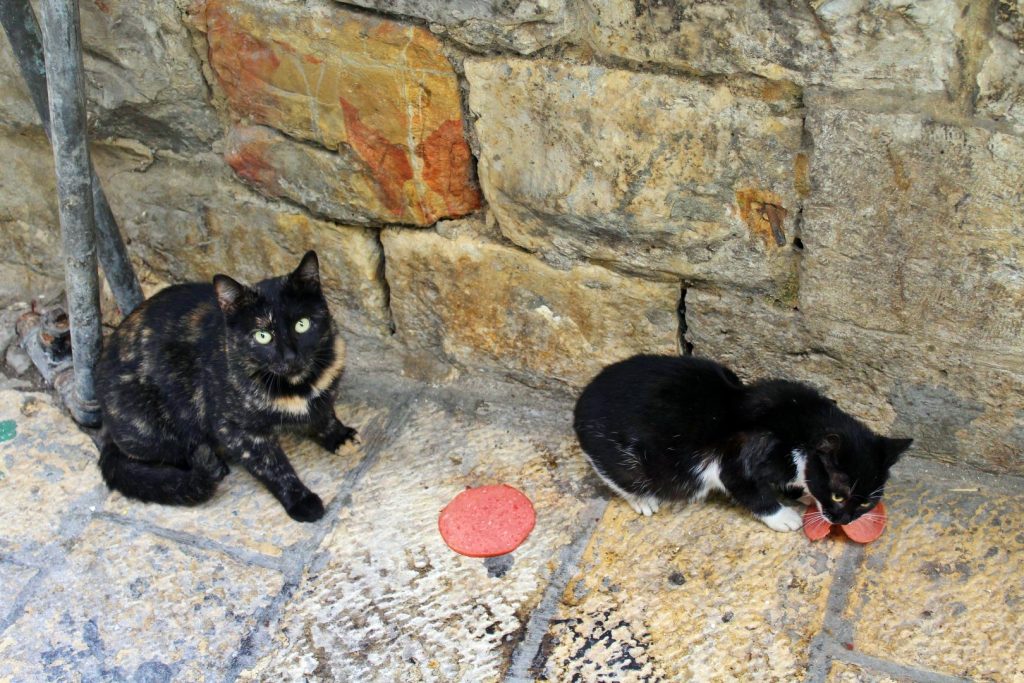
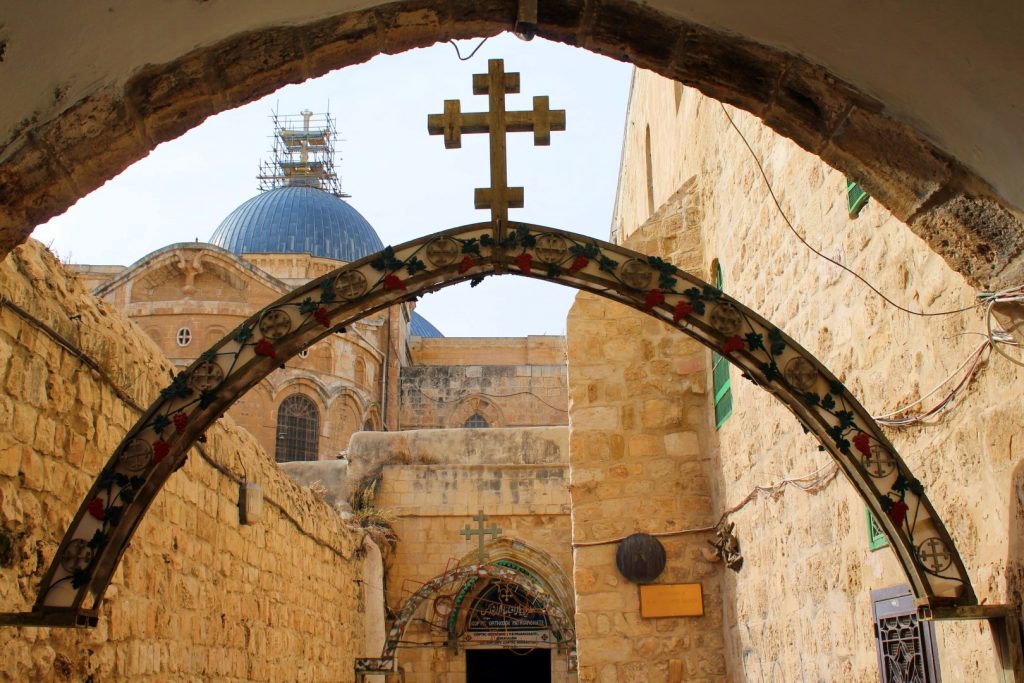
The Church of the Holy Sepulchre
The last five Stations of the Cross are located within the Church of the Holy Sepulchre, which contains the two holiest sites for most denominations within Christianity; Golgatha, the site where Jesus is said to have been crucified and the Aedicula, the site of Jesus’ empty tomb, where he is said to have been buried and resurrected.
As a former Christian, this was an incredibly special place for me to experience. A mass was being performed and hundreds of pilgrims stood by watching and waiting in the hour-long queue to the Aedicula. I had actually decided not to enter the Aedicula as I didn’t want to wait in the long queue, but I decided to come back after relaxing in the church square for a while, and was happy to see a much shorter queue. It was definitely an experience worth having to see the holiest place in Christianity from within.

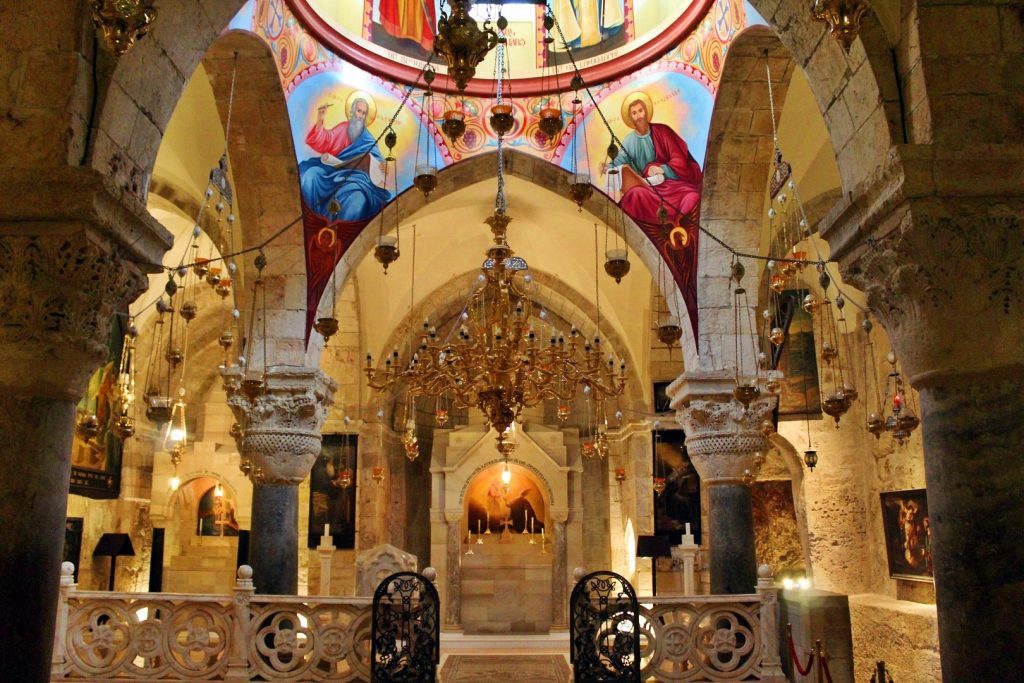

The Armenian Quarter
In the southwestern corner of the Old City lies the smallest of the four quarters, the Armenian Quarter. The quarter is considered the oldest living diaspora community outside of Armenia, dating back to the 4th century AD when Armenian monks settled in the city.
I breezed through the Armenian Quarter, which is tiny and honestly doesn’t look or feel any different to the Christian Quarter. Many Armenians do in fact consider their quarter to be part of the Christian Quarter since they themselves are Christians too.

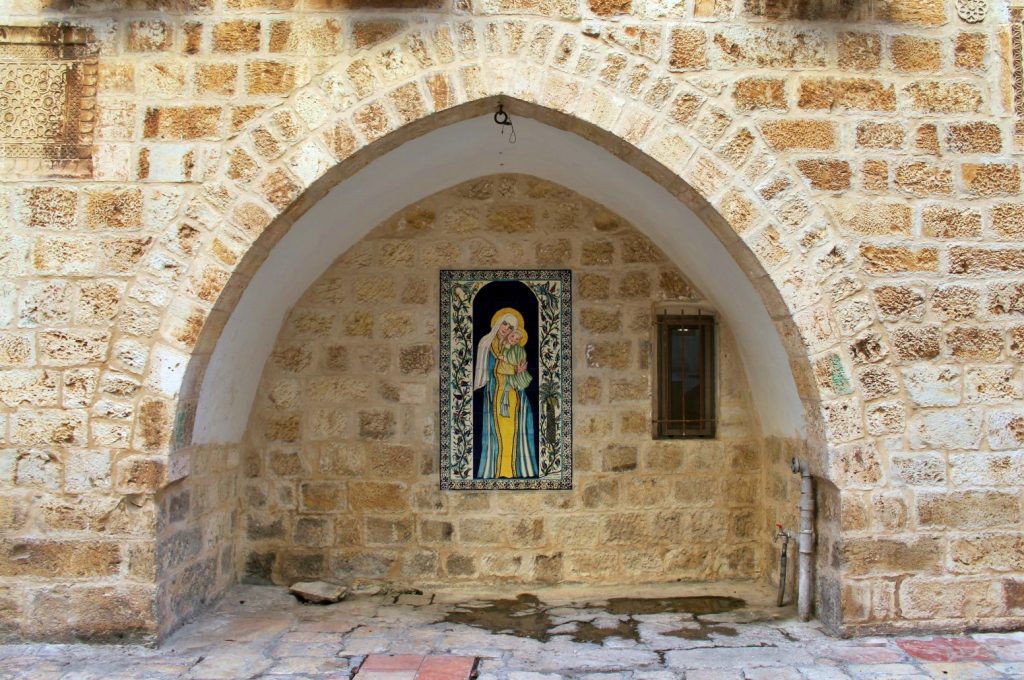
The Jewish Quarter
The last quarter I visited was the Jewish Quarter, home to many synagogues and yeshivas, Jewish educational institutions. The most prominent building in the quarter is the Hurva Synagogue, founded in the early 18th century, but since destroyed multiple times until the modern synagogue was completed in 2010.
Jerusalem’s Old City is full of street cats and I’d actually spent half of the day sightseeing and half of the day cuddling with cats. It was no different in the Jewish Quarter. It wasn’t long until I encountered another cat, and then another, and yet another. I sat down on a bench to feed them and all of a sudden, three guys came up to me and struck up a conversation. One American and two South African, all doing an internship in Jerusalem for three months. One of the South Africans, Rory, helped me find my way to the Hurva Synagogue before we parted ways.
But I never made it quite that far. I found a vegan restaurant, ordered a falafel pita and sat down next to a cat. I had run out of cat food and she wasn’t amused by the vegan food that I tried to feed her, but she did want cuddles so I stayed for a while.
Suddenly, I looked up, and Rory stood in front of me! He sat down with me, stroking the cat, and we ended up spending the rest of the afternoon and early evening together. He showed me around the Jewish Quarter, taking me to local secrets and up to a rooftop belonging to a friend of his. She was hosting a bat mitzvah (Jewish confirmation), which we were allowed to crash to see the view. He wasn’t lying when he told me that it’s the best view in Jerusalem – it most definitely is! We had a first-class view of the Western Wall, the Temple Mount, and the city within and beyond the Old City. The atmosphere was incredible up there, and for the first time that day, I really felt a love for Jerusalem. I suddenly understood the appeal of living in such a small densely populated area with so many different people and cultures.
We walked about for a while afterwards, stopping every now and then when we’d spot a cat. I swear Rory loves cats just as much as I do! He told me that all the cats in the Old City get fed, neutered and taken to the vet when needed – and the government will even pay you if you adopt one! How I wish I could, although I am content knowing that the adorable kitties are cared for by the wonderful locals.


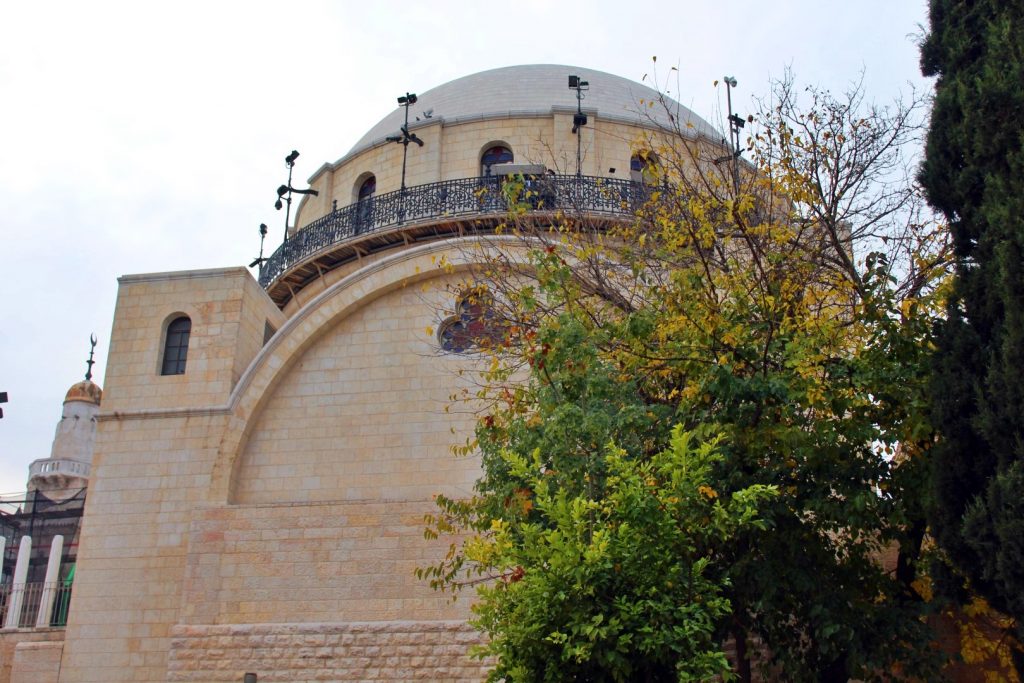
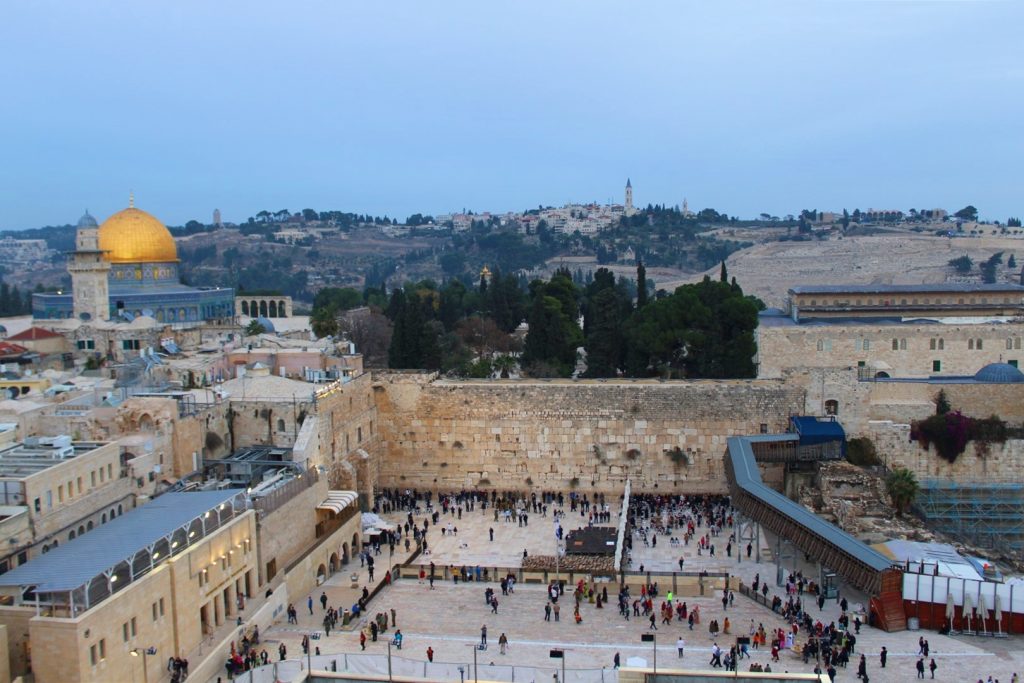


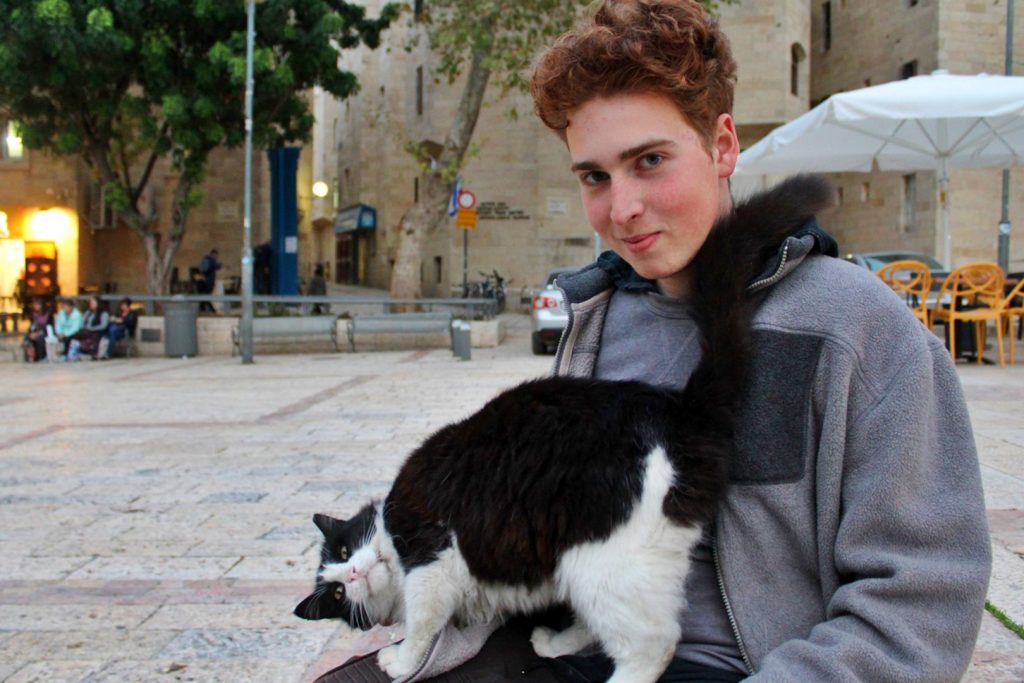
The Arab Roof
Rory wanted to show me one last spot before we parted ways that evening. He took me to the Arab Roof, where we saw day turn to dusk over the Old City. The roof is located directly above the souks of the Muslim Quarter, and we were able to look down on a lively souk from a hole in the roof!
We said our goodbyes but swore we’d see each other again. It had been a magical day, I’d explored some of the holiest places for three major religions, cuddled countless cats and made a wonderful new friend! Jerusalem was sure to be a hit with me.


I spent the evening in the hostel lounge sorting out pictures and talking to some very interesting people. A message ticked in from a friend of mine reminding me that he lives close to Jerusalem… I felt SO stupid for forgetting. We planned to meet up the next day.
The Mount of Olives
After spending the morning exploring the beautiful neighbourhood of Yemin Moshe, I met up with Amiel, my friend who I’d met last summer at the Stone Age gathering in Ertebølle. For some reason, it had slipped my mind that he lives in Israel, but luckily, he reached out to me after seeing my Instagram stories!
We decided to walk to the Mount of Olives together, an important place for both Christians and Jews. According to Christian traditions, this is where Jesus ascended to heaven, and according to Jewish traditions, this is where doomsday will begin. Many Jews believe that they will ascend to heaven first if buried on the mountain, and therefore, the mountain has been used as a Jewish cemetery for over 3,000 years, holding 150,000 Jewish graves from foot to summit, including the astonishing rock-cut tombs of Benei Hezir, Zechariah and Absalom, the oldest monumental tombs in Jerusalem, dating to the period of the Second Jewish Temple (516 BC-70 AD).
To get to the mountain from the Old City, we walked past the biblical Kidron Valley, home to many Arab communities today. The sun was hot for the first time since I’d arrived in the city. It definitely didn’t seem like winter even though the calendar said December.
Before ascending up the mountain, we made a stop at the Tomb of Virgin Mary, believed by some to be the burial place for Virgin Mary, the mother of Jesus. Her tomb is located next to Gethsemane, a garden with ancient olive trees where Jesus and his disciples often went to pray and where he was arrested the night before his crucifixion. Eight olive trees stand at the site, and although olive trees can live thousands of years, these trees are not from biblical times as all the trees around Jerusalem were cut down by the Romans around 70 AD. The trees of the garden are instead dated to the middle of the 12th century AD.
From Gethsemane, it was only a short yet steep ascend to the summit of the Mount of Olives. It felt so strange to stand where Jesus is said to have ascended to heaven, while looking over at the Old and New Cities of Jerusalem.
Amiel and I ended our day together back at Jaffa Gate, where he played his drum for a while, entertaining the passer-bys! It had been wonderful to meet up and have him with me on this historical journey. I learned a lot from him as he’s very knowledgeable about the area. I couldn’t have asked for a better guide!

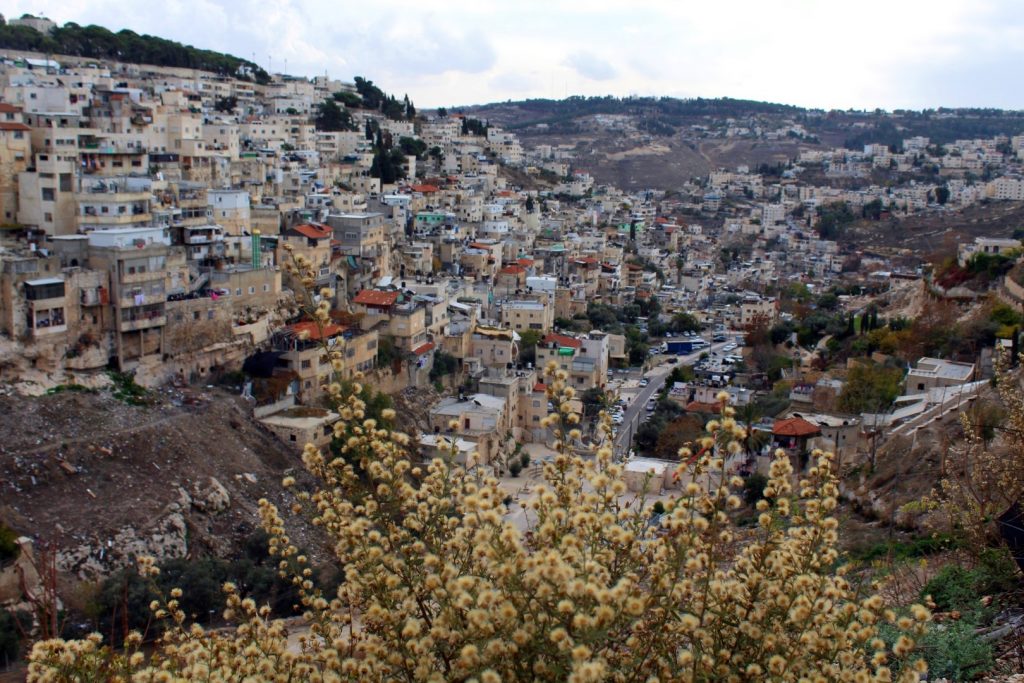




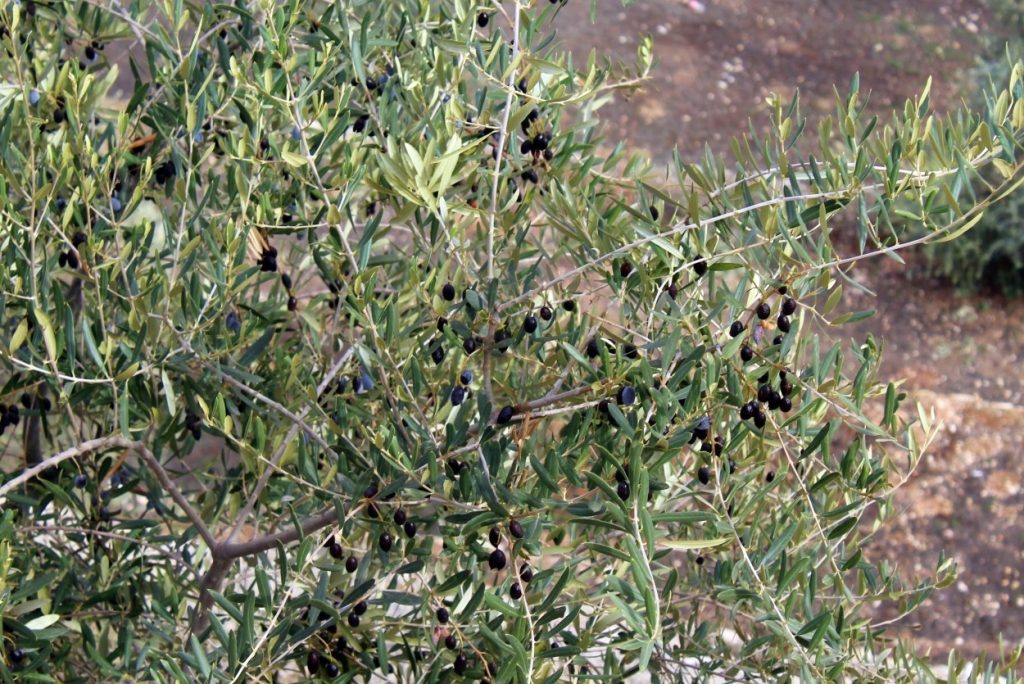
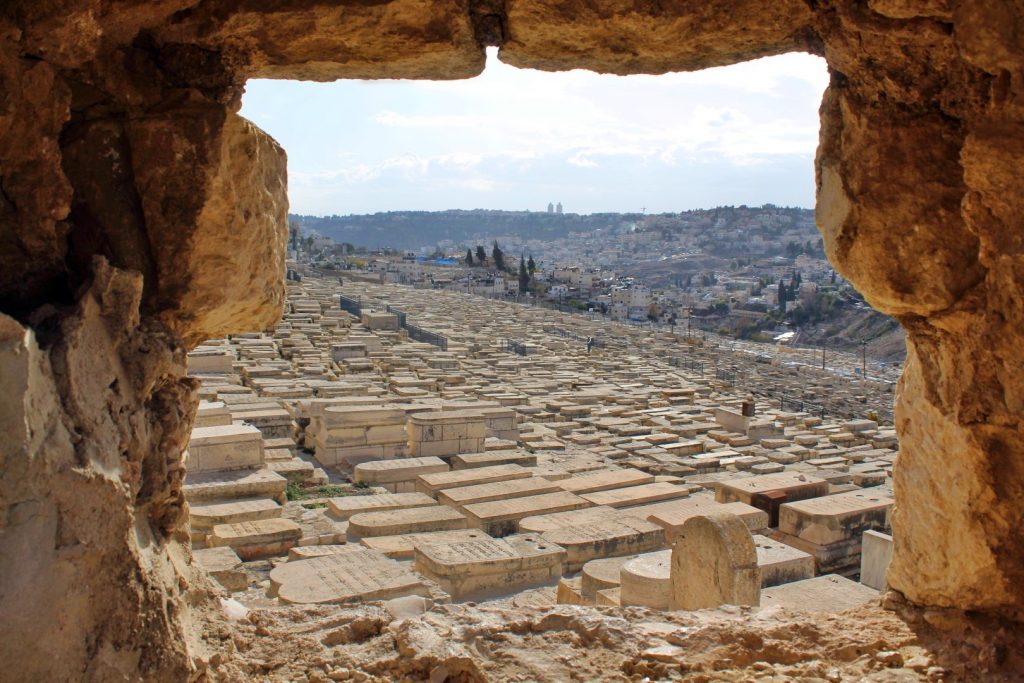
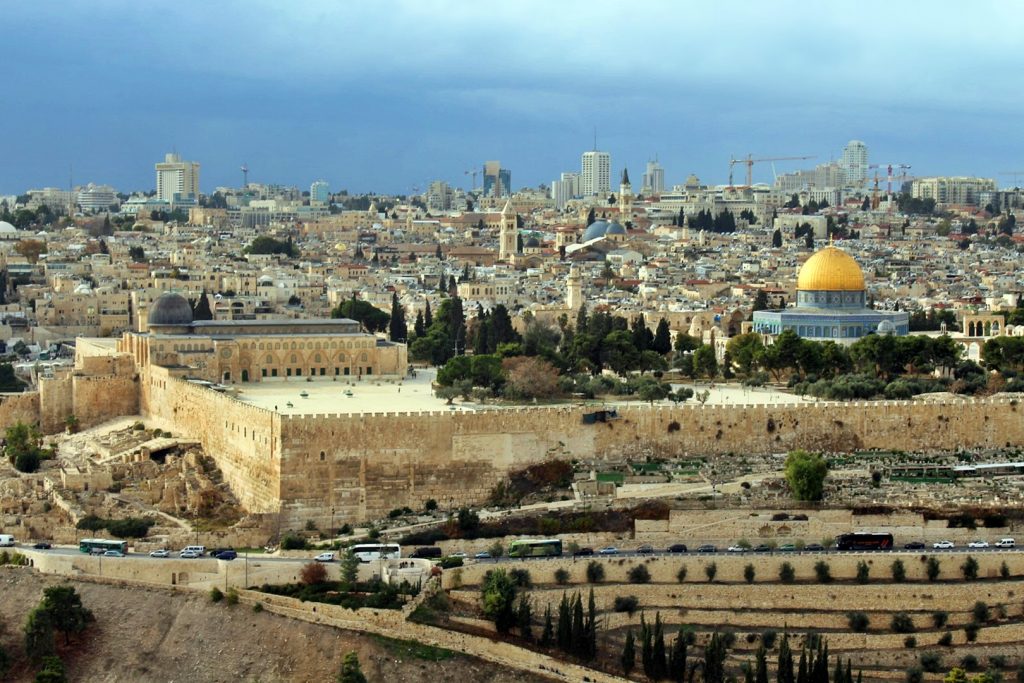
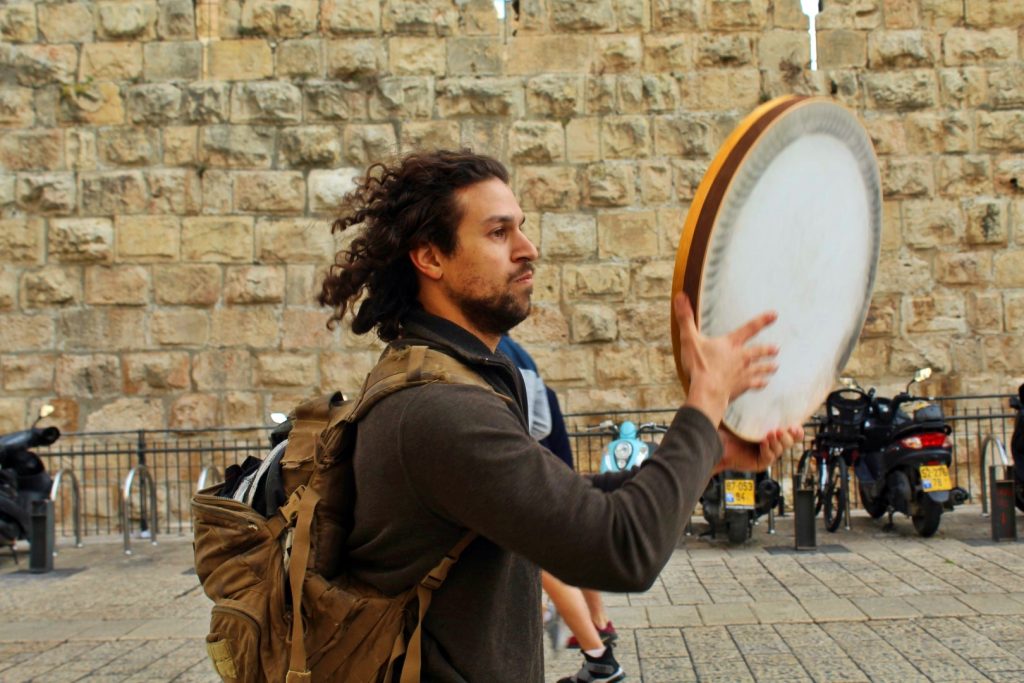
Mount Zion
On my third day in Jerusalem, I decided to explore Mount Zion, a hill located just outside the walls of the Old City. Carolina, a friend I’d met at the hostel, joined me.
Mount Zion is another important place for both Christians and Jews. It’s believed to house the Tomb of David, where King David was buried, as well as the Cenacle, where Jesus’ Last Supper took place. King David’s empty tomb is one of the most sacred places of pilgrimage for Jews, and many Christians also make their way to the Cenacle while on pilgrimage in Jerusalem.

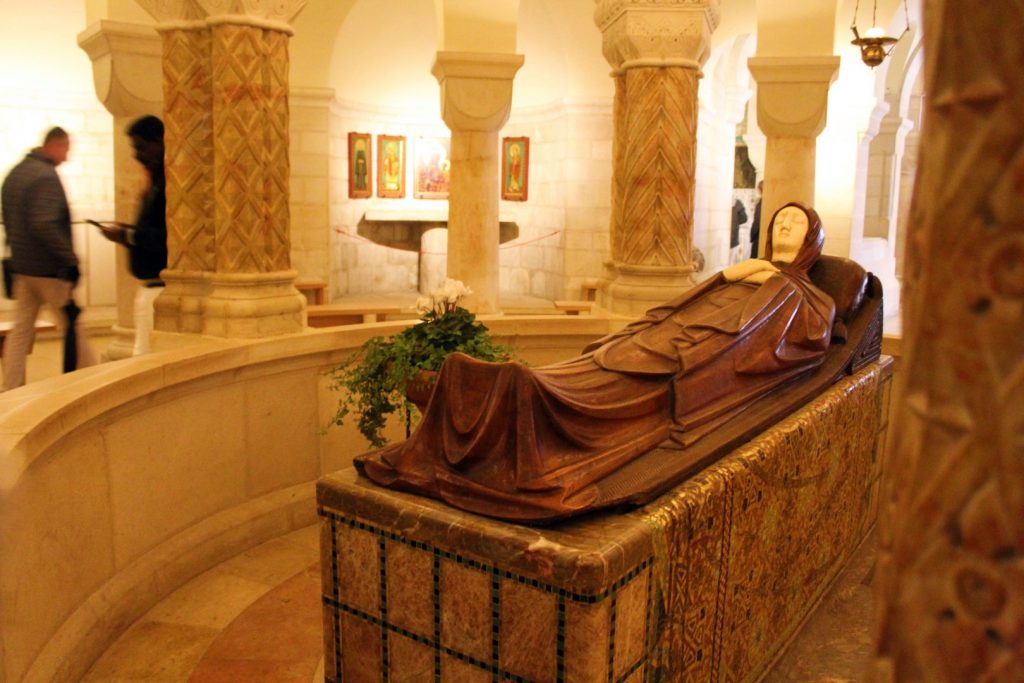
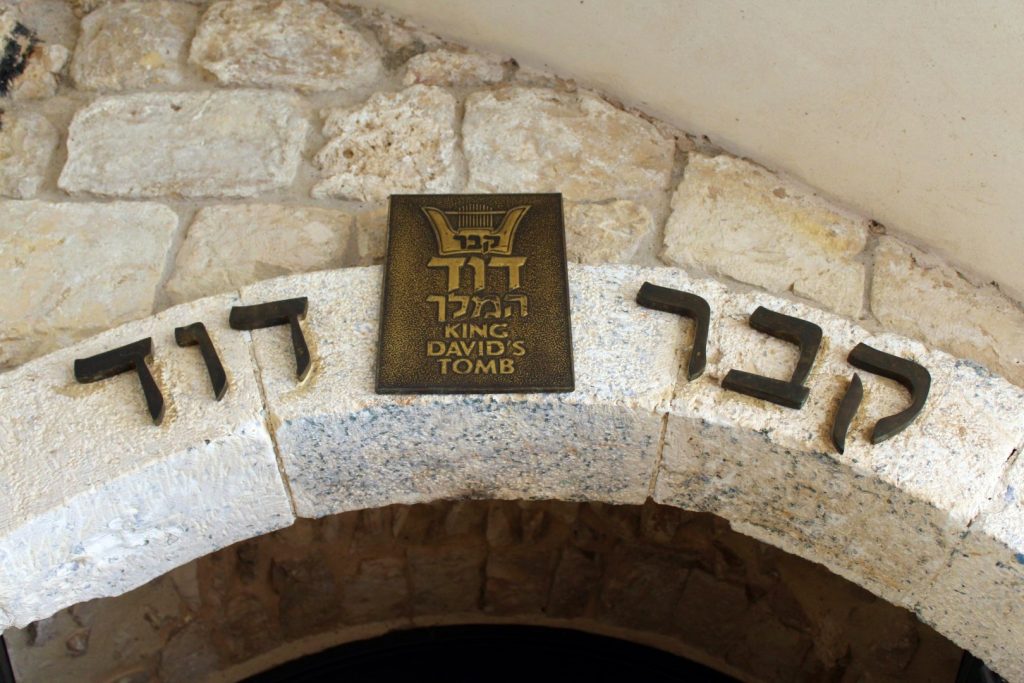
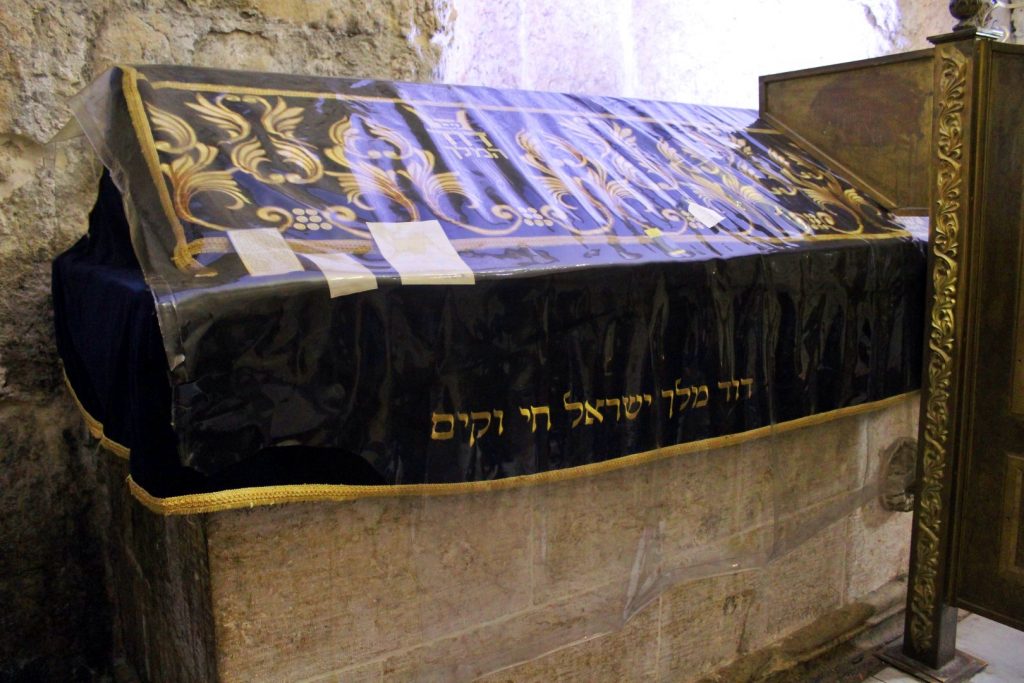

City of David
We spent the rest of the day continuing in the footsteps of King David himself as we explored the archaeological complex of the City of David National Park.
This is believed to be the place where King David established Jerusalem around 1000 BC, a few years prior to the construction of the First Jewish Temple. The origins of Jerusalem are preserved to this day, and thus it is possible to walk amongst the foundation of the buildings that held the events of the biblical times.
The City of David is probably most known for its underground tunnels, one wet and one dry. Carolina and I wanted to go through the wet tunnel, but the stream of water was so strong that it looked way too slippery. Imagine if we got stuck in the middle of the narrow and dark tunnel!? Had there been other people around, I wouldn’t have hesitated, but we were alone, so we opted for the dry tunnel instead. It was a very short walk, much shorter than I’d imagined, but the experience of walking through an ancient tunnel was fascinating nonetheless.
The place where it all began for Jerusalem was my last stop in the city. I did spend an additional two days in the city, but one of them was spent on an exciting day trip to the Dead Sea, and the last one was spent hanging out with Rory and roaming the labyrinthine streets of the Old City once again.
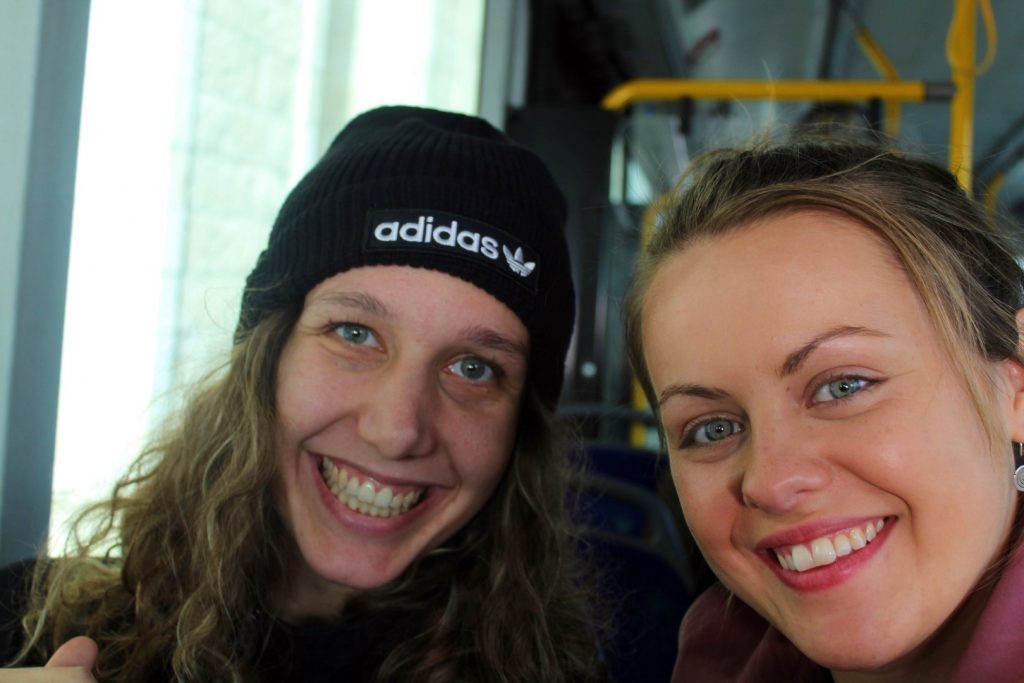
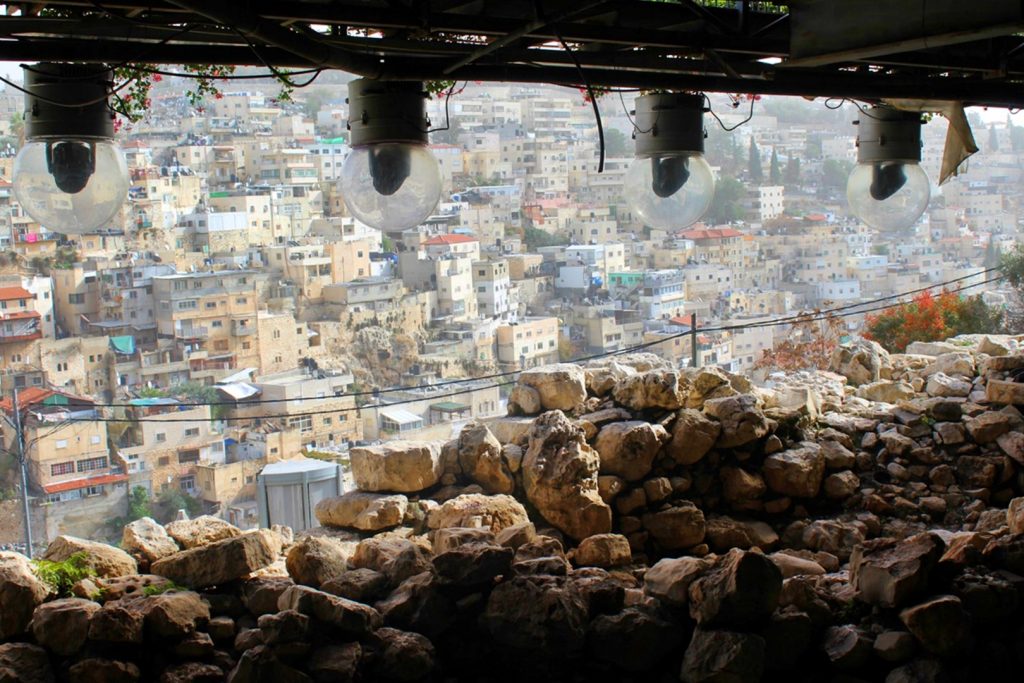
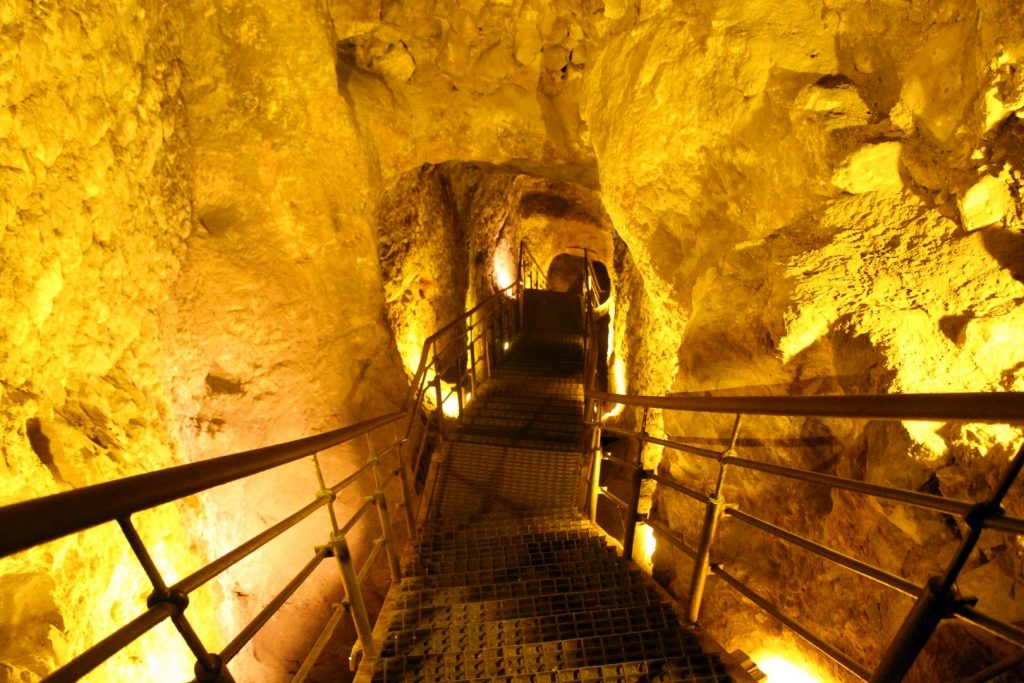
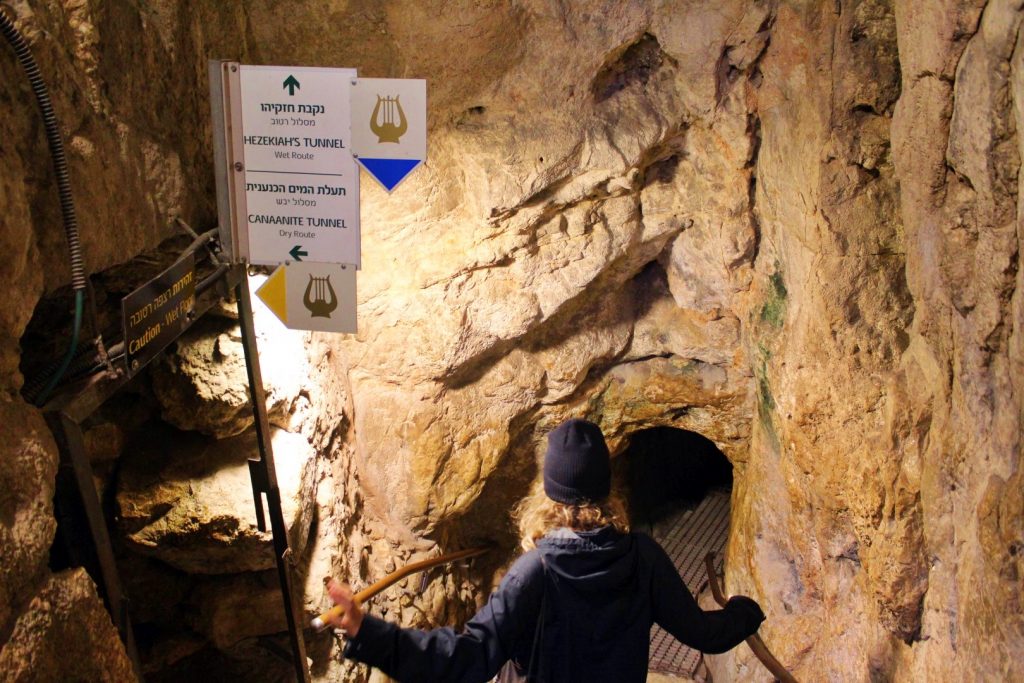
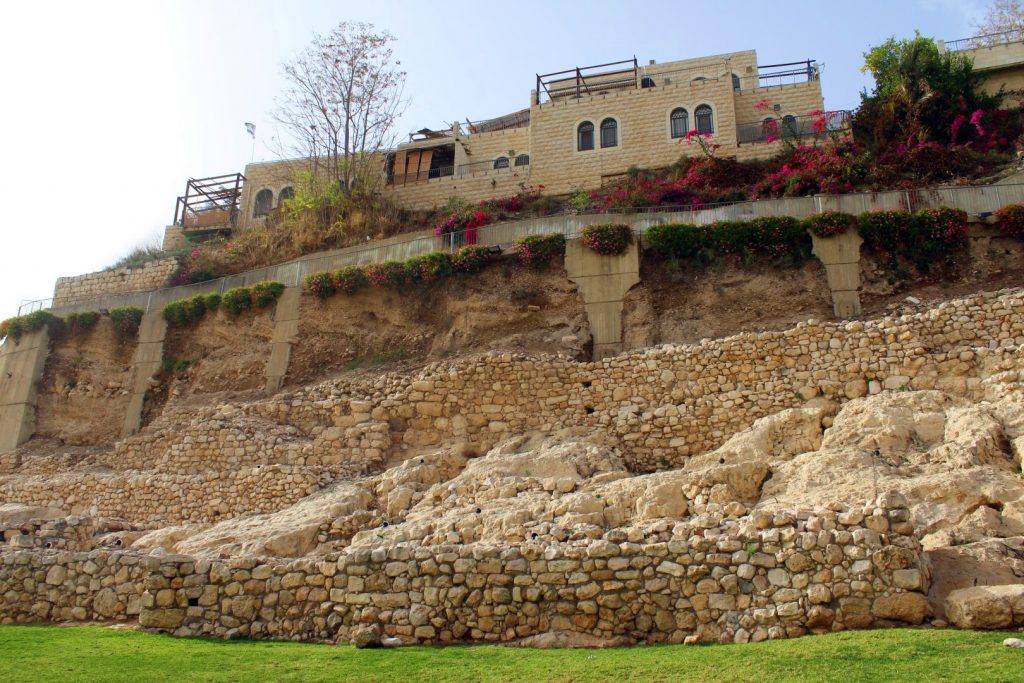
Before coming to Jerusalem, I knew that the historical significance of the city would interest me. I did not know that I would fall so hard for the modern elements of the city too. I realize that Jerusalem is a place of constant tensions between the different religious groups, especially Muslims and Jews, but I do think the majority of the locals see how special and beautiful their city is due to its multiculturalism.
I learned a lot from my trip to Jerusalem. About Judaism in particular, a religion I knew almost nothing of before, and also about how differences can be set aside for a life in mutual harmony. To me, that’s the most beautiful thing about Jerusalem.
Leave a Comment
Pingback: A very special Shabbat experience in Jerusalem – I Live as I Dream on 11/02/2020
Pingback: Into the festive spirit: Chasing Christmas markets in Riga – Northtrotter on 11/02/2020
Pingback: Yemin Moshe, the prettiest neighbourhood in Jerusalem – Northtrotter on 11/02/2020
Pingback: A very special Shabbat experience in Jerusalem – Northtrotter on 11/02/2020
Pingback: My 19 favourite new destinations of 2019 – Northtrotter on 11/02/2020





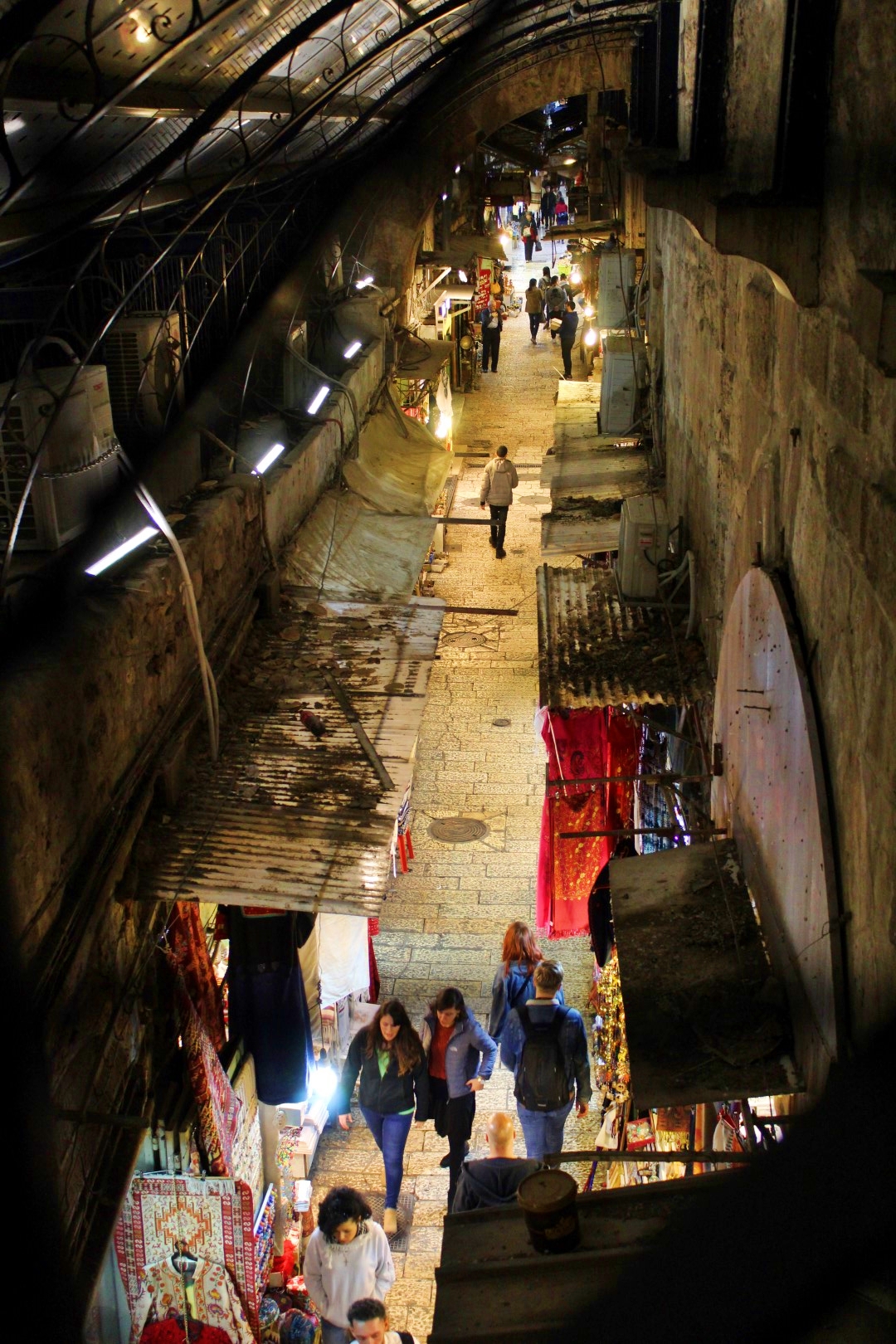
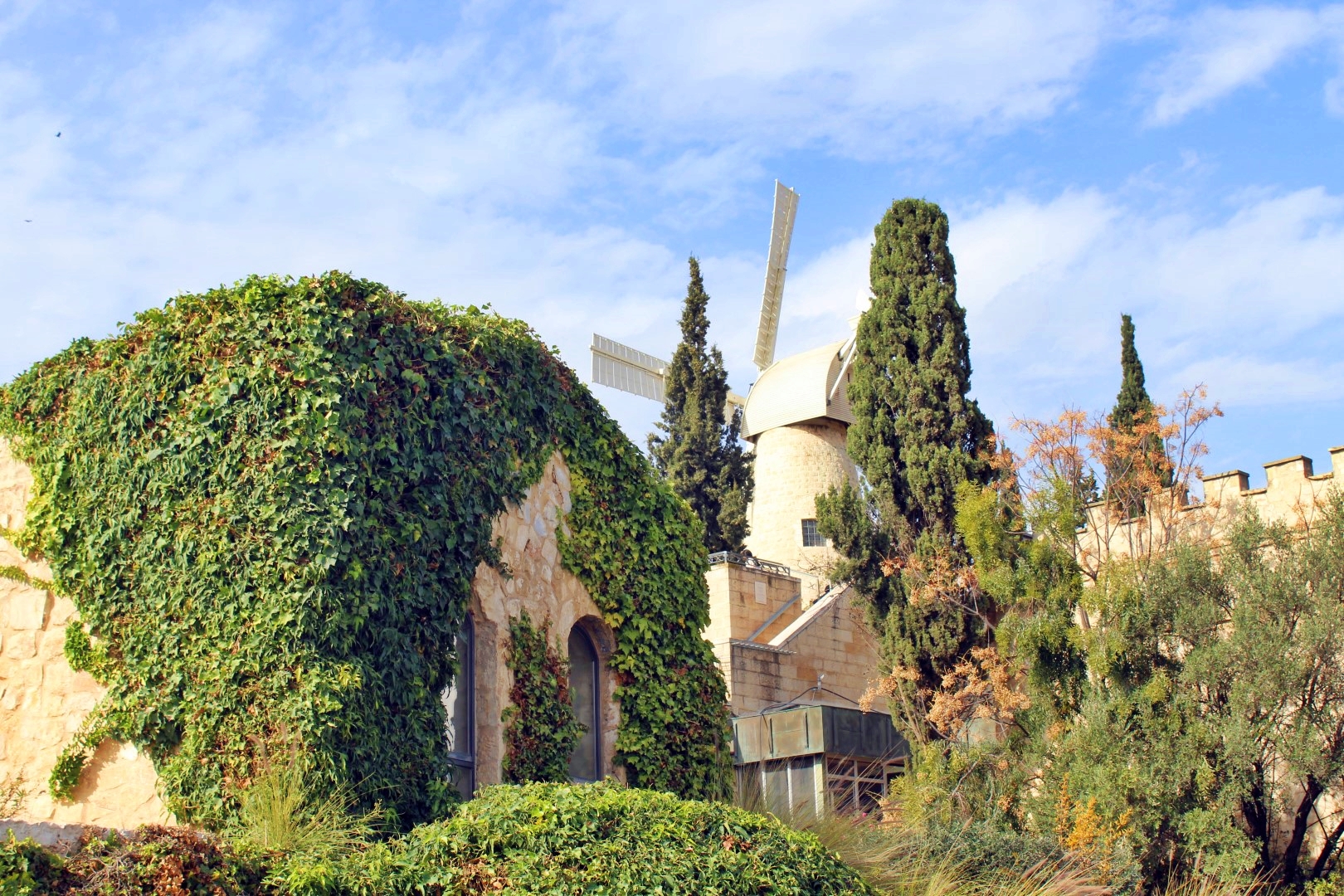

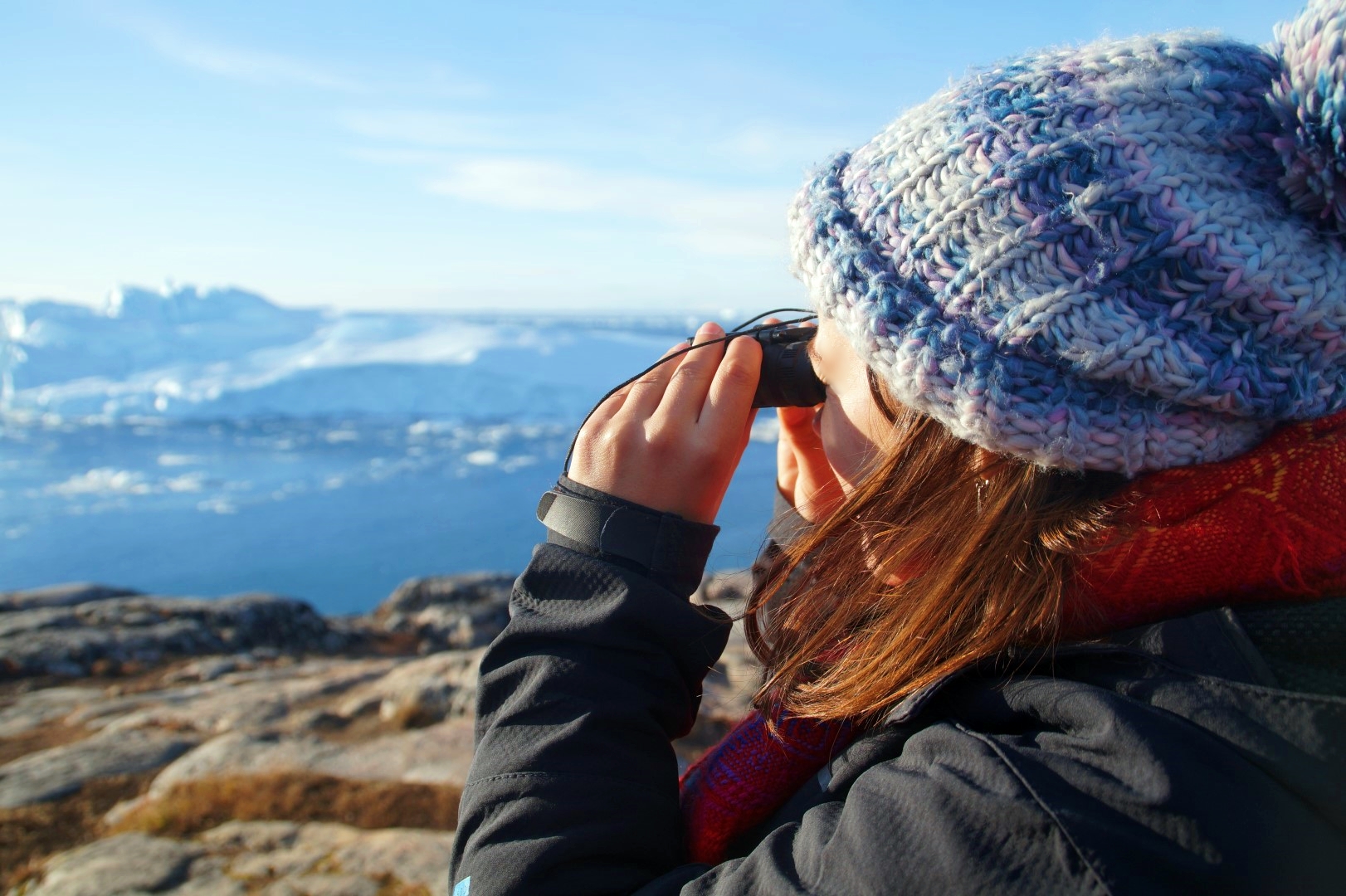
5 COMMENTS